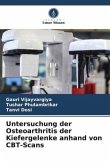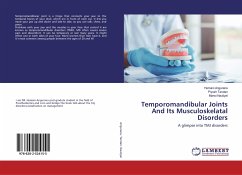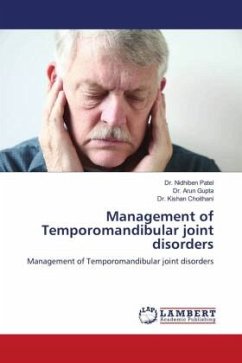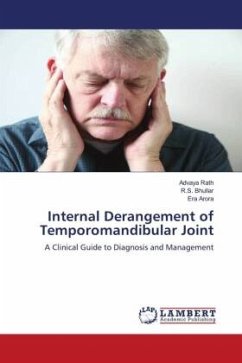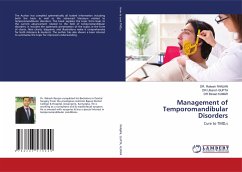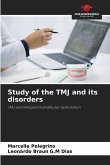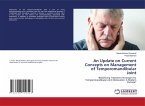The temporomandibular joint (TMJ) is the most complex and unique joint in human body. Different actions such as chewing, swallowing and speaking are accomplished and balanced because of TMJ. It is in near continuous use and is adapting to movements of the head, to posture and even to emotions. According to American Academy of Temporomandibular Disorders (TMD), 'Temporomandibular disorders or dysfunctions is a collective term that encompasses many clinical problems involving the masticatory muscles, the temporomandibular joint (TMJ) and associated structures and both'. It is an umbrella term under which the musculoskeletal disorders affecting the masticatory system have been described. One of the TMDs is osteoarthritis, which is defined as a degenerative condition of the articular tissue and concomitant remodeling of the underlying sub chondral bone. There are different osseous changes observed in TMJ OA that can be detected in radiographic examination including flattening, osteophyte formation, subcondral sclerosis, erosion of the articular surfaces, subchondral/ Ely's cysts, and joint space reduction. TMJ imaging modalities including panoramic radiography, conventional tomography,
Hinweis: Dieser Artikel kann nur an eine deutsche Lieferadresse ausgeliefert werden.
Hinweis: Dieser Artikel kann nur an eine deutsche Lieferadresse ausgeliefert werden.


